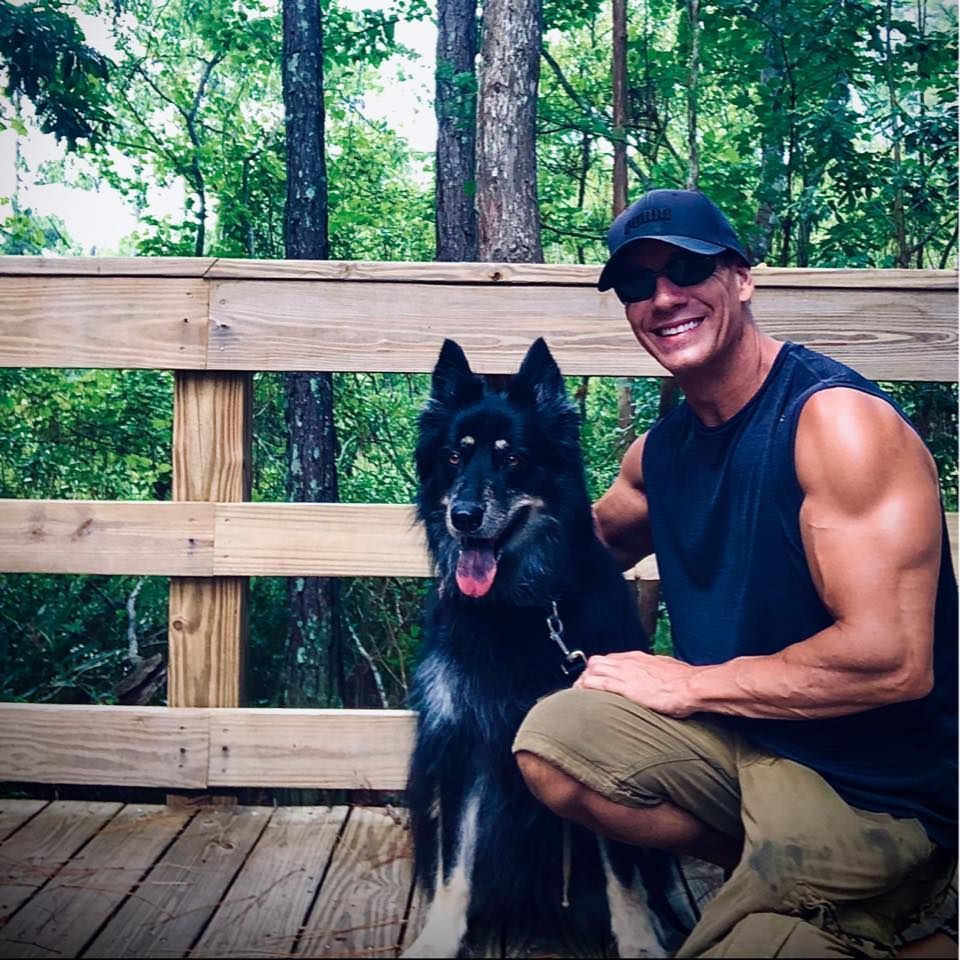Meet Victor Coll, a seasoned expert in the art of in-bound content marketing. With a proven track record in crafting winning content strategies, Victor excels in attracting and engaging audiences organically. His proficiency extends to optimizing content for maximum impact, resulting in increased brand visibility and audience retention. Victor's dedication to the art of in-bound content marketing has helped businesses achieve remarkable growth. Join him as he shares invaluable insights and strategies to empower your content marketing efforts and drive meaningful connections with your target audience.
HDR Vs. Flash: Which Is Better for Your Real Estate Photos?
WHY PAY MORE?
Real estate photography poses some challenges. If you have ever tried to take a picture indoors on a bright sunny day, you have likely run into one of those challenges. Say you adjust your camera for the light coming in through the windows; the result is that the room appears too dark. On the other hand, if you set up the exposure to match the interior, the windows become a bright white blur. It happens sometimes, even to professional photographers. Getting the perfect picture requires the right balance of light.
Part of the problem is that a house itself may be static, it doesn’t change, but the lighting changes from day to day and hour to hour. Natural light is a great help, and you should use it to your advantage, but sometimes it shines favorably in one room and not the next, or at one time of day and not another. Interior lights can help a little, but they are often insufficient for
real estate
photos. They are not bright enough, they differ in warmth and color, or they conflict with the natural light.
So, how do you deal with differences in lighting so that all of the interior shots of a home appear sharp, bright, and consistent? How do you showcase a customer’s home in the best light possible? How do you produce photographs across your entire portfolio, all of your listings, that help to build consistency for your
business
brand?
Well, a
professional real estate
photographer will deal with difficult lighting in two ways: HDR bracketing and artificial flash lighting. How do they work? What is the difference? And which one is best for your photos?
Get 20% Off your First Photoshoot!
What is HDR?
HDR, or High Dynamic Range photography has been around for a while, but what does it mean? “Dynamic range” in photography refers to the difference between the lightest parts of a photo subject and the darkest parts. The highlights and the shadows. If the dark and light spots of a subject exceed the dynamic range of your camera, the highlights tend to wash out or look white, and the darks become black blobs.
HDR
photography is a method that produces a picture with an unusually high dynamic range, greater than that of a traditional photograph. To accomplish this feat, a camera with HDR captures multiple images, generally between three and nine, in a process known as
bracketing. Each image is taken in succession with a slightly different exposure level. The first image will turn out too dark; the final image will be too light; the rest will fall somewhere in between. With auto bracketing, all of the images are taken in a moment, with a single push of the shutter button.
When the photo shoot is over, the image files are downloaded into
photo
editing software so that the exposure level can be adjusted after the fact. The bracketed images are overlaid on one another, combined into a single image to provide the highest level of detail in both the highlights and the shadows.
There are some advantages to using HDR. One advantage is that you do not need additional equipment to pull it off. All you need is a camera equipped with HDR and a tripod to help steady the camera as it takes multiple pictures in succession. If you are taking bracketed pictures manually, you set up like you would for any ordinary picture, and then vary the exposure level for each duplicate photo.
Another advantage is the range of options for shooting in HDR. One photographer might choose to take several identical pictures while manually adjusting the exposure level of the camera for each shot. Someone else might opt for a camera that does it automatically, so that the only thing they need to do is turn on the auto-bracketing feature and press the shutter button once. Choosing the right
camera for real estate can be simple, too. There are many brands and models to choose from. Even mobile phones these days feature HDR and auto-bracketing.
Then there is the simplicity of processing with HDR. Again, there is a range of options. Bracketed pictures taken manually can be loaded onto a computer, manually aligned, adjusted, and merged inside a photo editing program, and finalized into a single image. On the other hand, the editing software can do the job automatically, with auto align, auto settings, automatic deghosting, and more. Your cell phone might make it even simpler by offering both a normal photo alongside an HDR version so that all you do is choose the best one.
There are some disadvantages as well. The process can be simple, but the simpler you keep it, the less control you have over the process. And, of course, with HDR, you are at the mercy of the ambient light in the room. HDR can make up for a good deal, but certain shadow areas just do not photograph well with natural light, and some subjects need more emphasis to obtain a professional result. For those, you might need help from some artificial lighting.
What about flash photography?
The addition of flash to your real estate photographs gives you a chance to change the light in a room altogether. You can illuminate areas that should be emphasized, even if they are in the shadows of the natural light. You can make up for the spots in a room that natural light cannot access, or balance out the bright light coming in through the windows. With enough of the right kind of flash lighting, you could even out a room well enough to be captured in a single exposure.
But there are a couple main disadvantages to using flash (or any other supplemental lighting on-location). First is the cost of the equipment. That is especially true if you choose to set up more than a single flash. You could potentially spend hundreds of dollars on different lights, stands, brackets, modifiers, strobes, and more. Each lighting tool has its place and purpose to create outstanding photos for your clients. That is why a professional photographer will take advantage of the tools available. But it comes with a cost.
The other main disadvantage is setup time. It takes a while to set up all of that supplemental lighting for every room. That could take two or three times as long as simply shooting in HDR. Not only do you have to set up the equipment, but you need to find the perfect settings to deal with reflective surfaces, low ceilings, and other anomalies that affect the lighting. And then, you still have to process the images in post-production.
Is one better than the other?
Both HDR and flash have their uses. And both can help you to capture higher-quality photographs. But neither option is perfect in every situation. Variables such as the amount of natural light available, budget for a project, and time allotted for a photo shoot and editing all factor into a decision between HDR and flash photography.
Fortunately, it is possible to master both techniques and use each at the right time, or use them in tandem. Maybe an HDR camera and a single flash are all you need to improve your pictures. A simple setup with a flash and a remote controller can cost as little as a hundred bucks to get started. The key is practice.
Different properties present a different set of demands. Some listings require near-perfect pictures, whereas others are amenable to simpler photography. Your entry-level homes do not need the same treatment as your higher-end properties. And yet, it is still necessary to provide the same level of professionalism if you want to have a consistent brand identity. That translates into professional-looking results regardless of the price tag on the property.
As luck would have it, your options for quality photographs align to your calendar, your budget, and the needs of your clients. For some listings, the
cost of professional real
estate photography is well worth it. For others, you might be better off going it alone. Do you need a
professional photo editing
service, or can you produce beautiful pictures on your own? Your time, talent, budget - not to mention the property itself - all factor into the decision. And that carries through all the way from the HDR and flash capabilities of your iPhone on one hand to a
professional photography service on the other.















